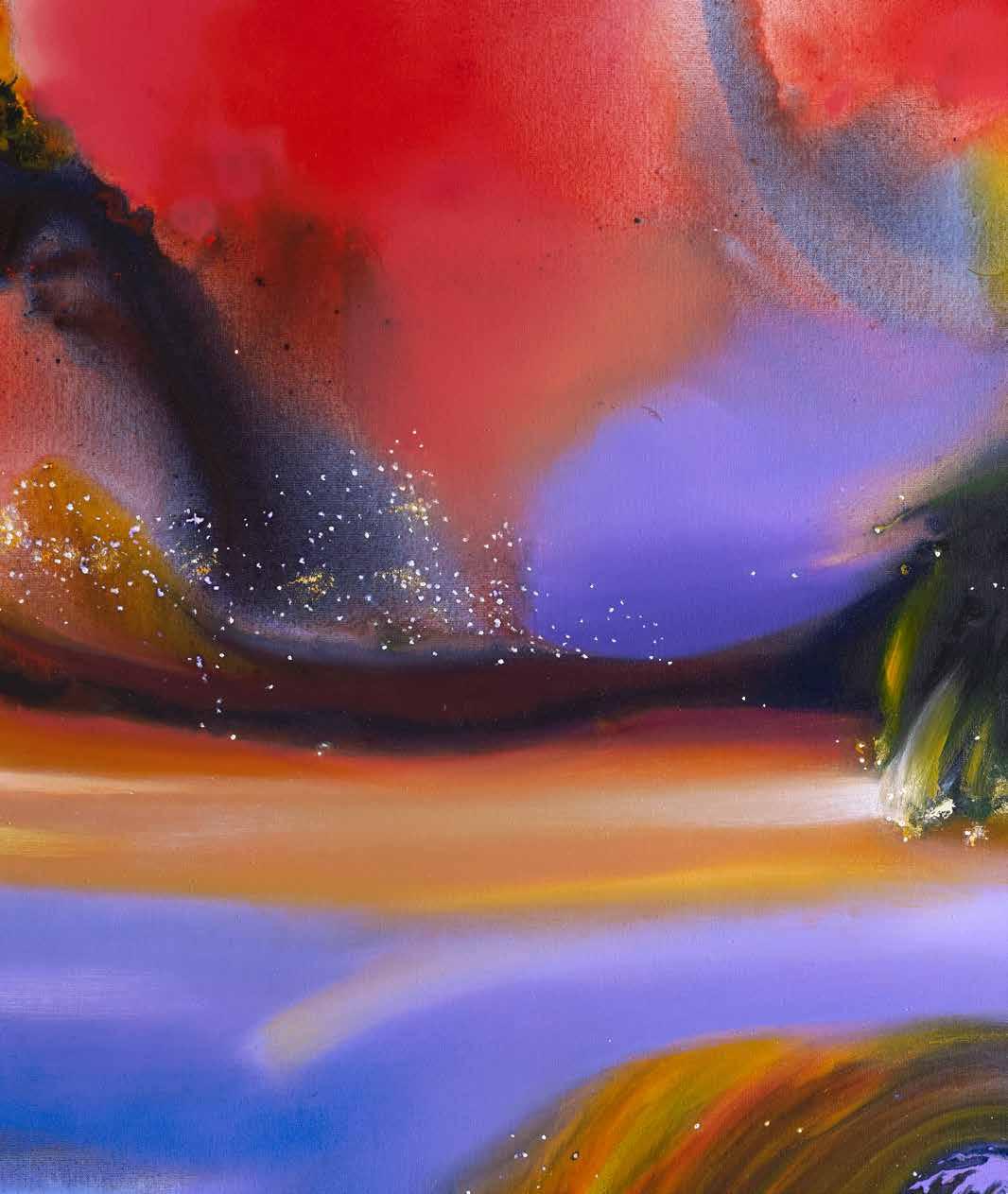
3 minute read
When is a Painting Finished
from Jolly @ 80
When is a Painting Finished?
I
Advertisement
I would like to answer the question: When is a painting finished? Let us first put aside the facile and fatuous response, “A painting is never finished”. There are two answers from famous artists which I first wish to quote. They are from interviews by David Sylvester with artists Willem De Kooning and Robert Motherwell. The first is from De Kooning:
“.And what makes you feel that a painting is finished? When do you leave a picture alone?
Well, I always have a miserable time over it. But it is getting better now.
But what is the criterion by which you know you can stop the painting?
Oh, I really … I just stop, you know. I sometimes get rather hysterical and because of that I find sometimes a terrific picture. ….”
And here is the interview with Motherwell:
“At what point do you feel a painting is finished – if this is a question to which one can give a verbal answer?
I think, when your feeling is completed. (It was a big issue with American painters ten years ago.) I think it’s really a question of the completeness of the feeling. …. “
Both answers are inadequate, to say the least.
II
There is a prior question to “When is a painting finished?”, namely, “What is the artist considering during the activity of painting?” Whatever personal or aberrant considerations that an artist may have, one issue that all artists must consider is the sensory organisation of the painting. That is to say, the artist must consider if a certain colour or tone is where he wants it to be or whether it is too strong or too weak. It is when the sensory organisation or sensory structure meets with his satisfaction, that is the time when he regards the painting finished. In other words, the painting is finished when the artist considers the painting to be good, making the matter one of a value judgement. In other words, the artist has made an evaluation.
The fundamental difference between my answer and the ones given by the two previous artists is that my answer goes to the heart of the problem which is the issue of Value. My answer affirms that a painting qua a work of art is an object of value, in this case, an aesthetic value.
In the case of painting, even if the artist does not consider those sensory issues during the activity of painting, that I refer to, he must nevertheless look (since it is a visual art) at the painting before he considers it finished. His looking and his final satisfaction constitute, in my understanding, his value judgment.
Let us return to the answer that a painting is finished when it looks good to the artist. Specifically, a painting is finished when its sensory structure looks good to the artist. Thus it is the aesthetic judgment of the artist that is at stake. That is to say, if and when the painting is poor in quality, that simply reflects on the poor judgment of the artist. A good artist, in other words, produces a good painting and a poor artist produces a poor painting. The issue of aesthetic value is inevitable in art. My answer also assumes that what a good painting is can be judged independently of the judgment of the artist.
The next inevitable question then is “What is a good painting?”
It is not possible to verbally define what a good painting is. But what a good painting is can be explicated in an art appreciation situation. Or one can give an ostensive definition of good paintings by pointing to the many masterpieces in the great art galleries of the world and explaining their superior sensory structures. Implied in this situation is the existence of the fine sensibility of a good artist or of a connoisseur.
My answer also assumes that the judgment of a good or bad painting is objective or inter-subjective. Quality is an issue in all fields. That is to say, in any field, be it wine, food or architecture, one can speak of instances of good or poor examples in that area. The recognition of good or poor quality in any particular field belongs to those people who know. The alternative position is to hold the view that all aesthetic judgments are subjective and that any Tom’s or Harry’s judgment of a painting is as good as, say, E. H. Gombrich’s.
Dr. Jolly Koh November 2020






